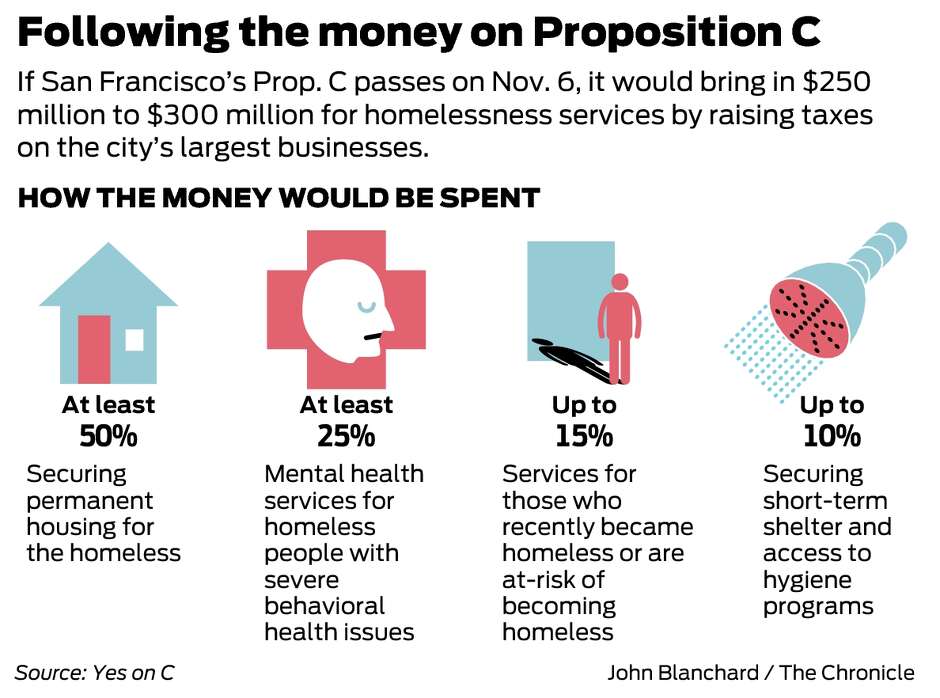Nimby boomers didn't cause the housing crisis
 |
| 48 Hills |
Calvin Welch responds to Randy Shaw (The truth about ‘progressive’ housing policy):
...[Randy]Shaw should know that for more than 40 years various coalitions of existing city residents have expanded the supply of permanently affordable housing in San Francisco through three mechanisms: increasing public funding for affordable housing, creating and maintaining a strong regulatory regime limiting the excesses of market rate development, and creating and supporting the work of diverse neighborhood and community-based affordable housing advocacy coalitions and development organizations such as Shaw’s city-funded Tenderloin Housing Clinic.
That three-part system has produced some 30,000 new affordable units in San Francisco in the last 40 years and saved thousands of others from being demolished or converted to high-end condos (see the 2018 Housing Trends Report).
That Shaw failed to mention that history does not mean it did not exist. Nor does it diminish the reality of progressive policies supported by neighborhood residents’ and various elected officials and city agencies.
Shaw’s argument is disappointing because it is another example of how in today’s divisive political culture a “convincing narrative” replaces actual events, talking points replace actual facts, and inventing new enemies to attack (“Nimby boomers”) replaces building coalitions across race and class to solve common problems.
Recounting actual events here in San Francisco over the last four decades would show residents and advocates using every means possible to increase affordable housing production and limit demolition of housing and the displacement of existing residents.
San Francisco was the only county in the region to increase housing production in every decade since 1970 (2017 Jobs Housing Trends). We currently have some 54,000 approved housing units in our [planning] “pipeline.” But the private developers have sought building permits for only 14,000 of them (2018 Q2 Pipeline Report).
In what way then do the facts support Shaw’s narrative, and how effective are his supposed “exclusionary local land use policies” if tens of thousands of new housing approvals occur at such a rate that developers only build a fraction of them after they are approved for fear of market glut? These inconvenient truths reveal the basic fallacy of his argument.
Shaw supported the super-low-density “Live/Work Loft” hustle in the transit-poor South of Market in the late 1990s, in which manipulations of local laws seeking artist housing was used by market rate developers to produce structures that didn’t even meet the housing code and avoided local taxes, including transit payments. He argued that this was the only way the “middle class” could stay in the city.
Twenty years later he embraces the exact opposite: high density development in existing transit corridors that will displace the very working and middle class families he seeks to champion.
At least his then-allies, the Residential Builders Association, supported rent control and inclusionary zoning (except for their “lofts”). His new allies, the Yimbys, support neither...
See also Welch's The real housing record of London Breed.
See also Welch's The real housing record of London Breed.
Labels: BeyondChron, Calvin Welch, Highrise Development, History, Housing in the City, London Breed, Neighborhoods, Planning Dept., Right and Left, Smart Growth, Willie Brown, YIMBYs

